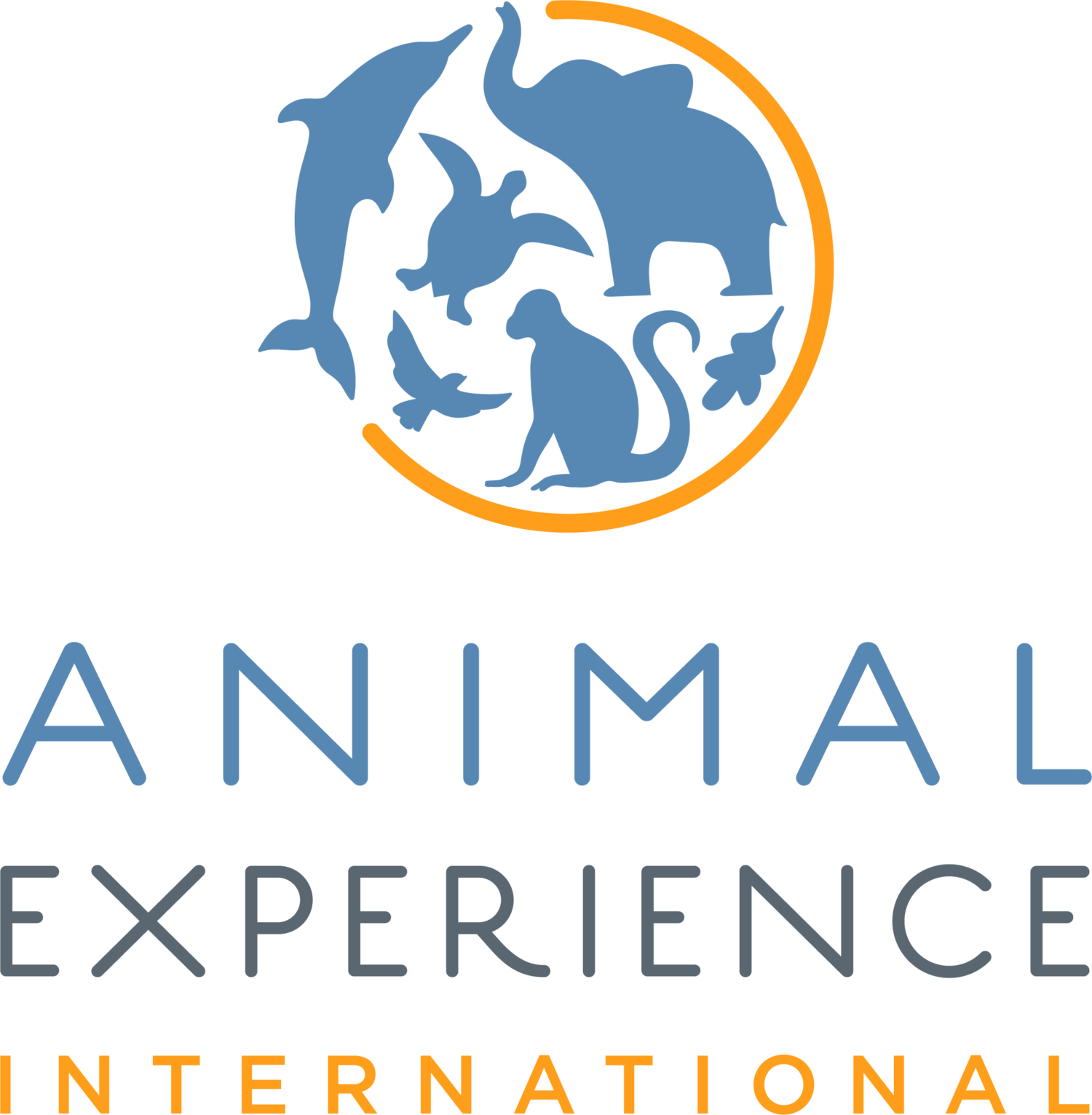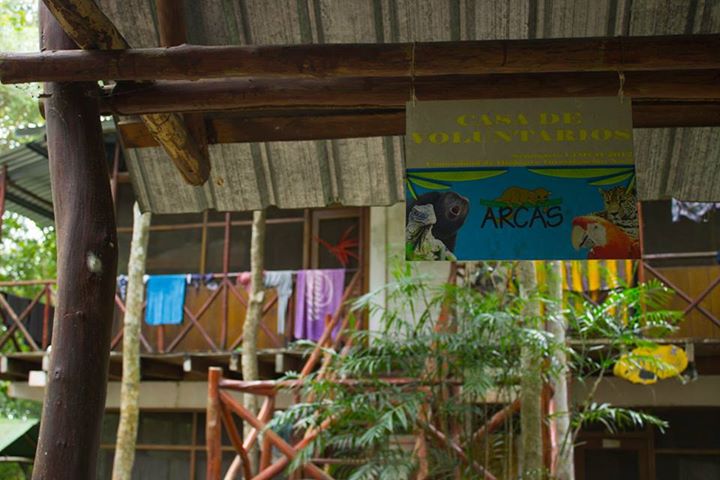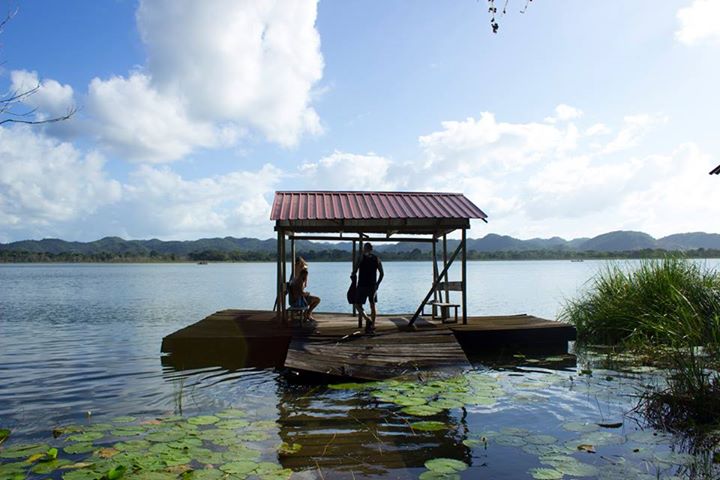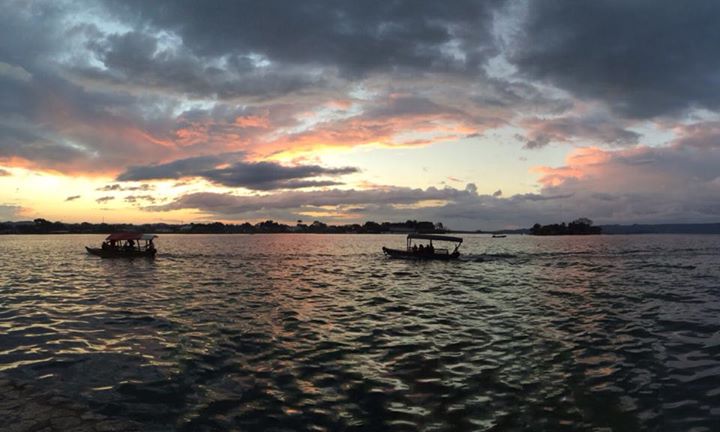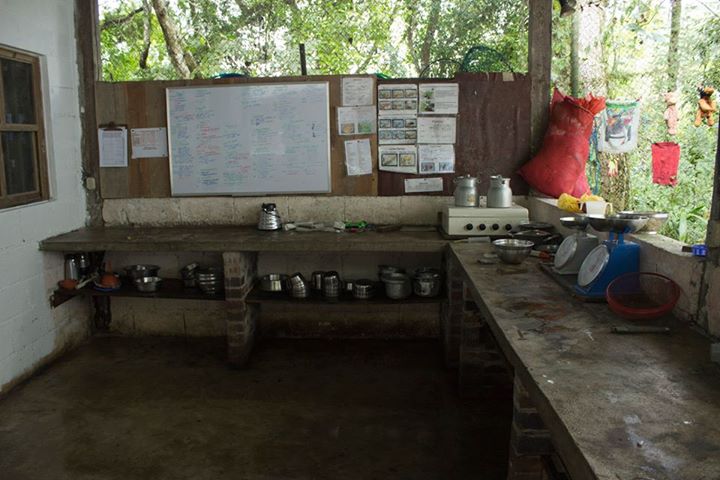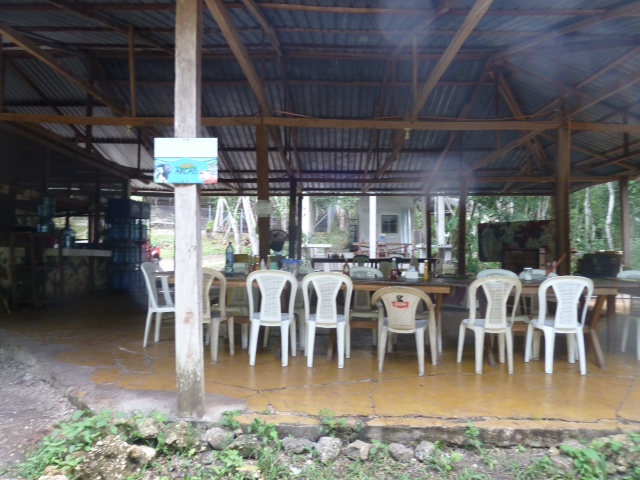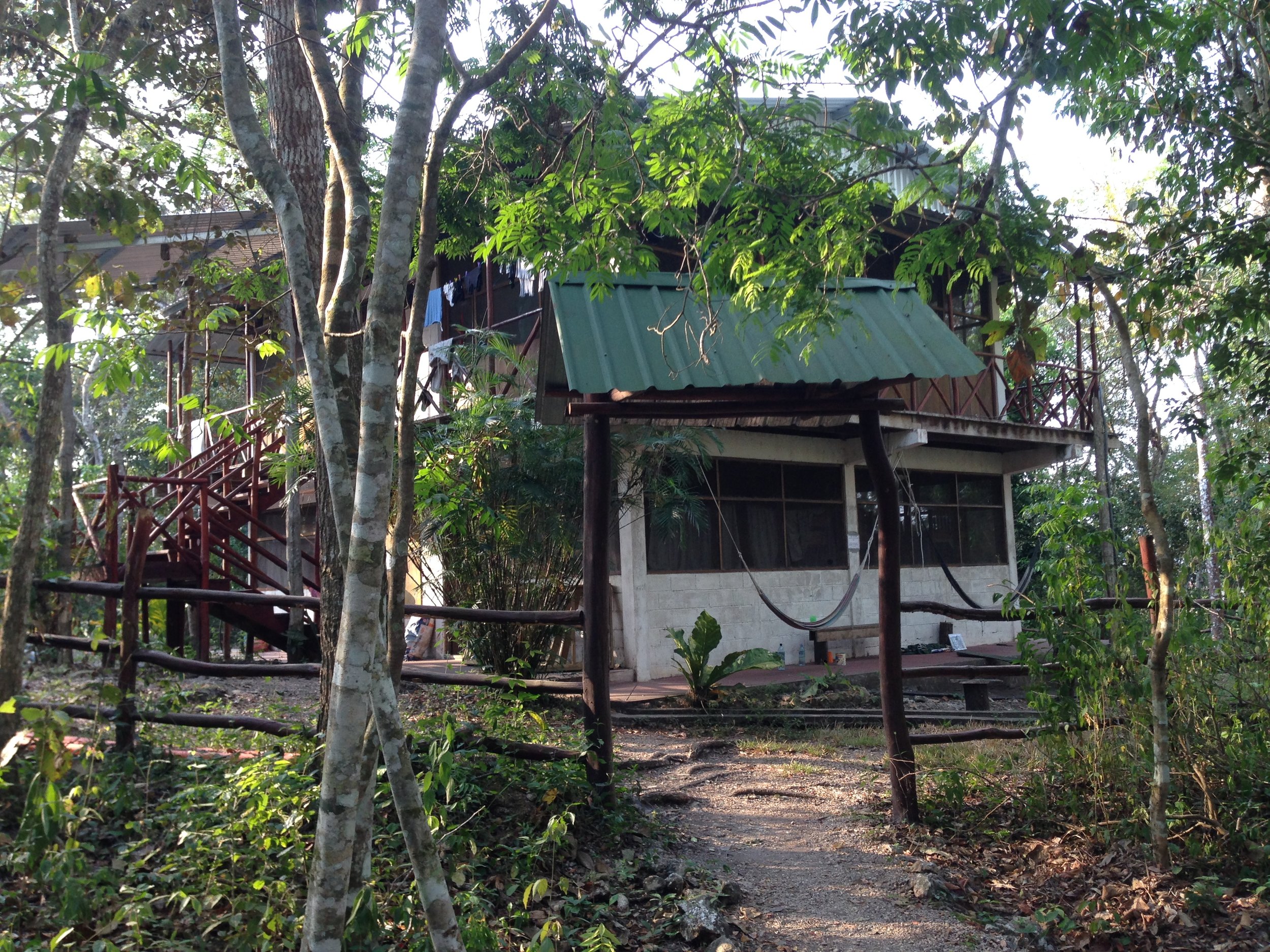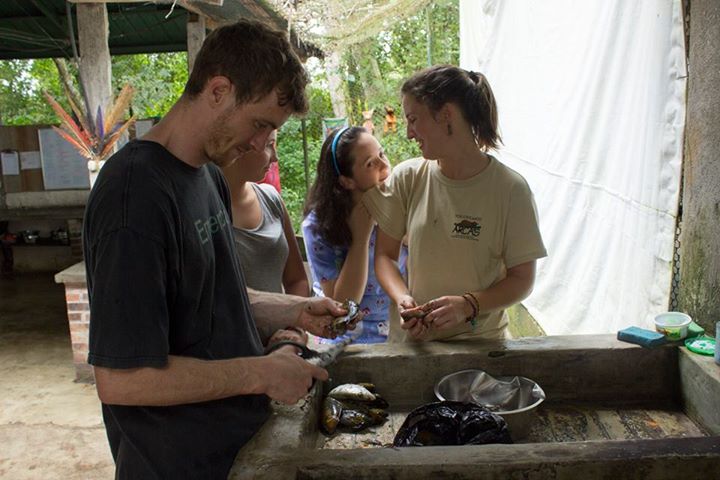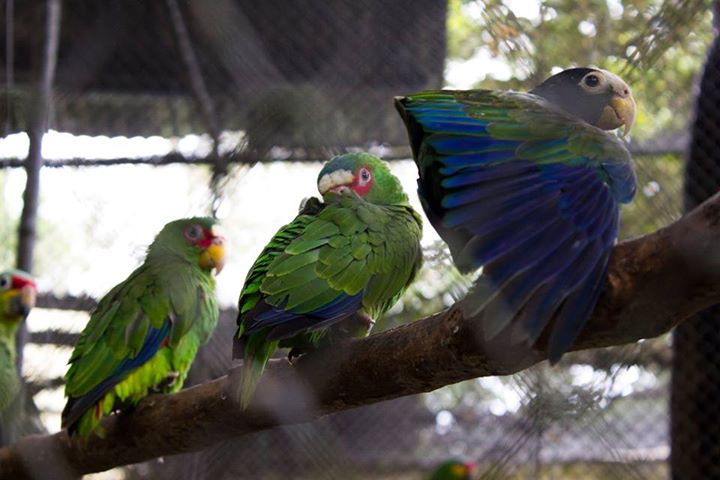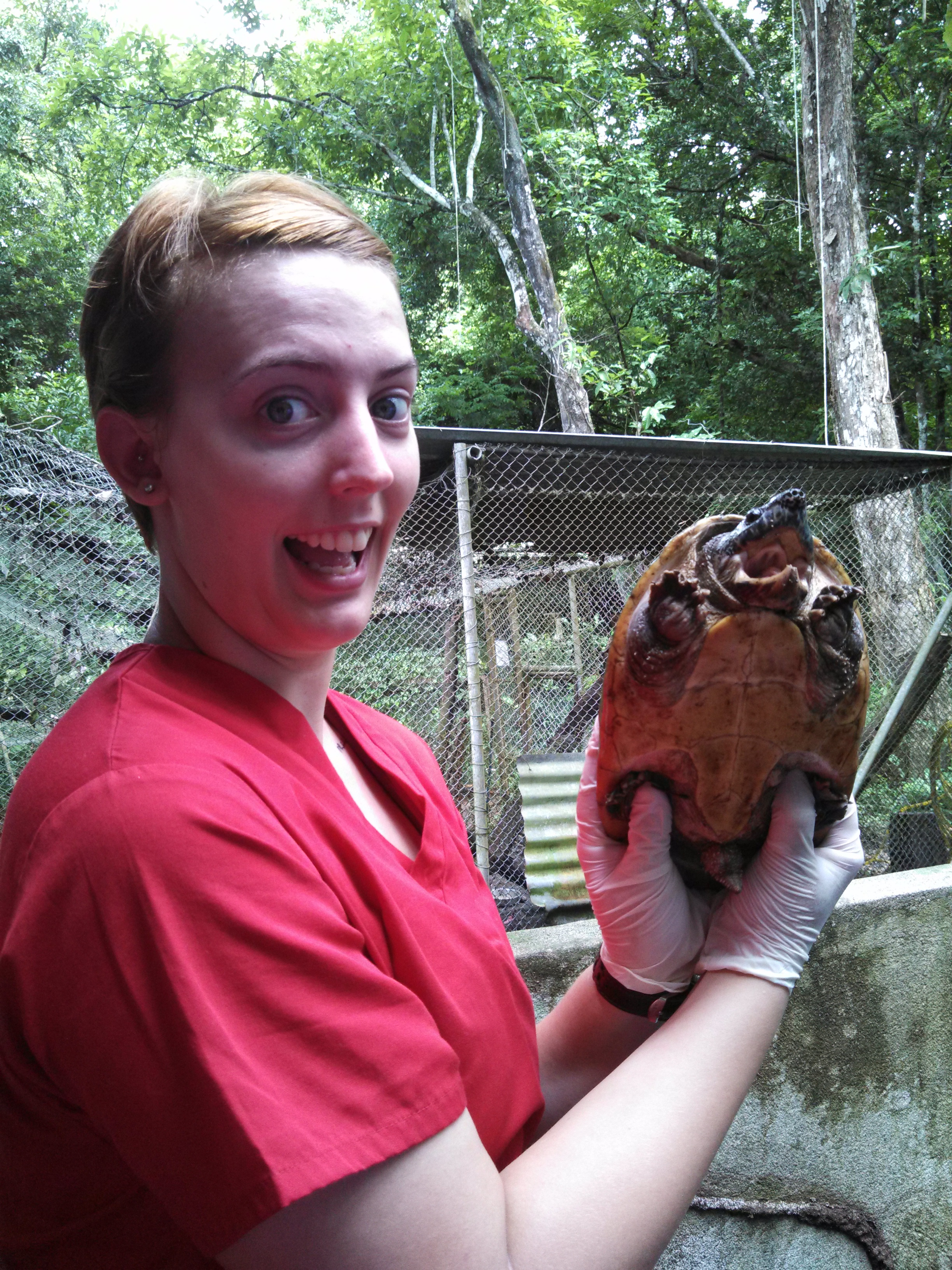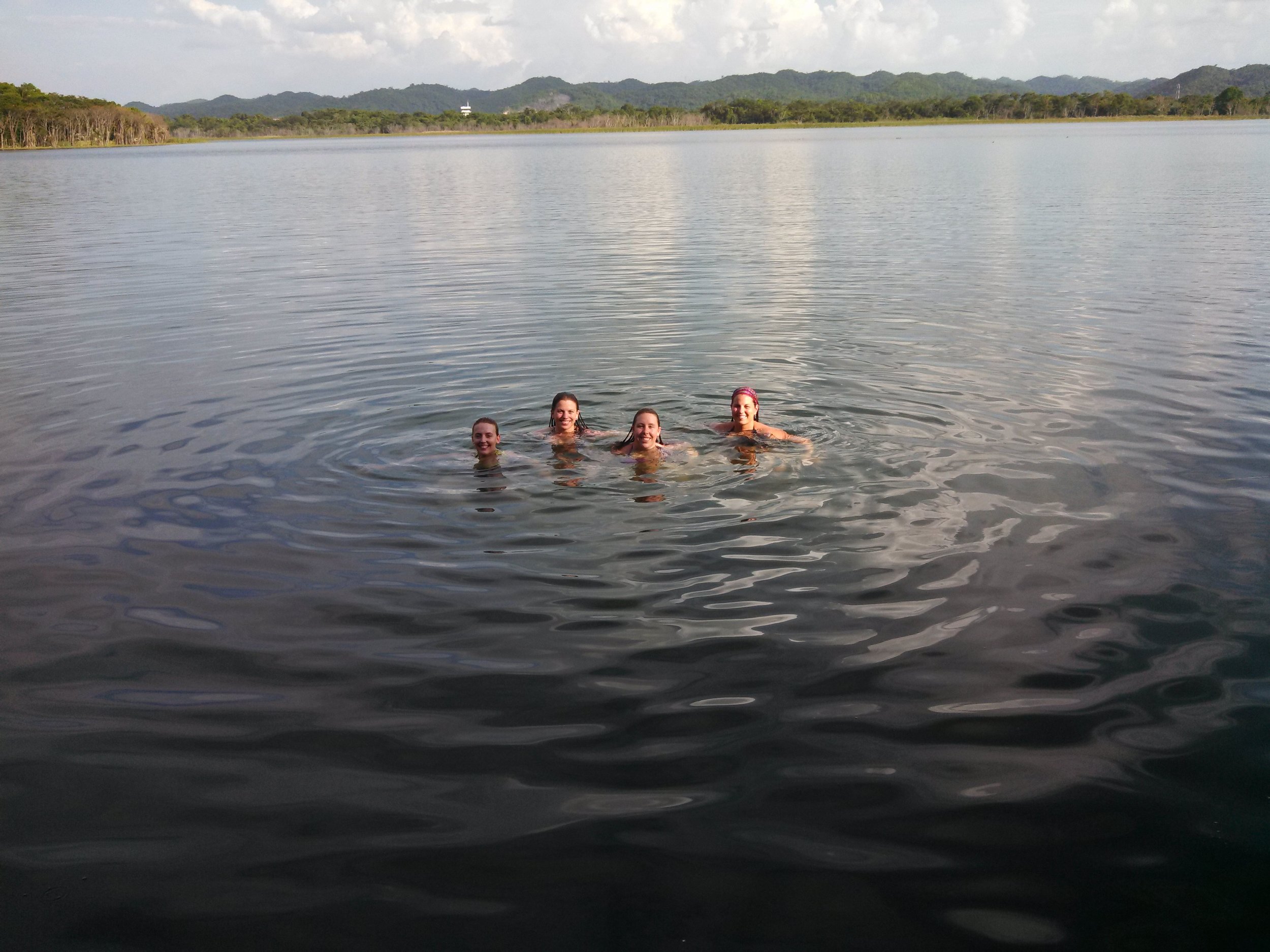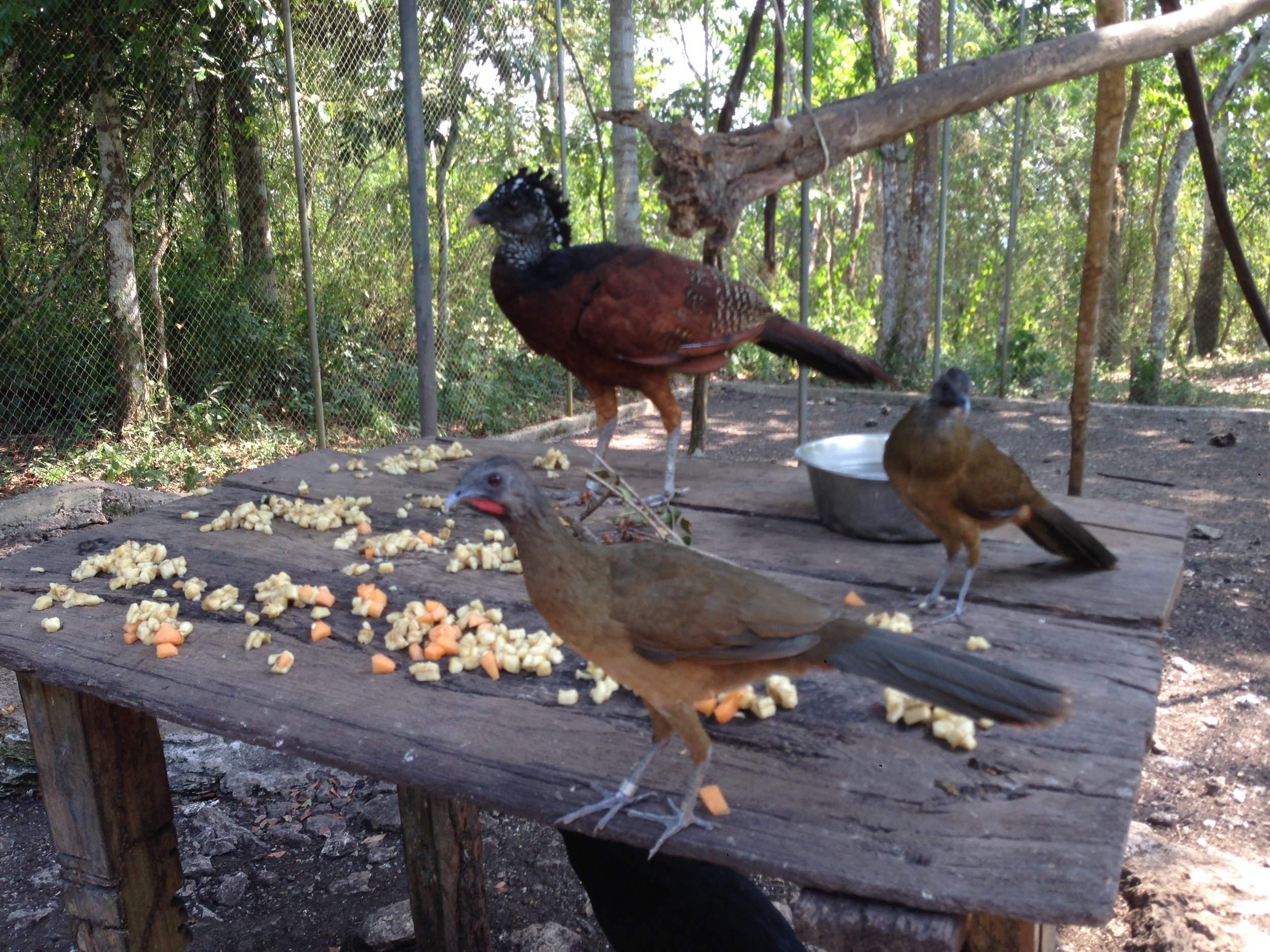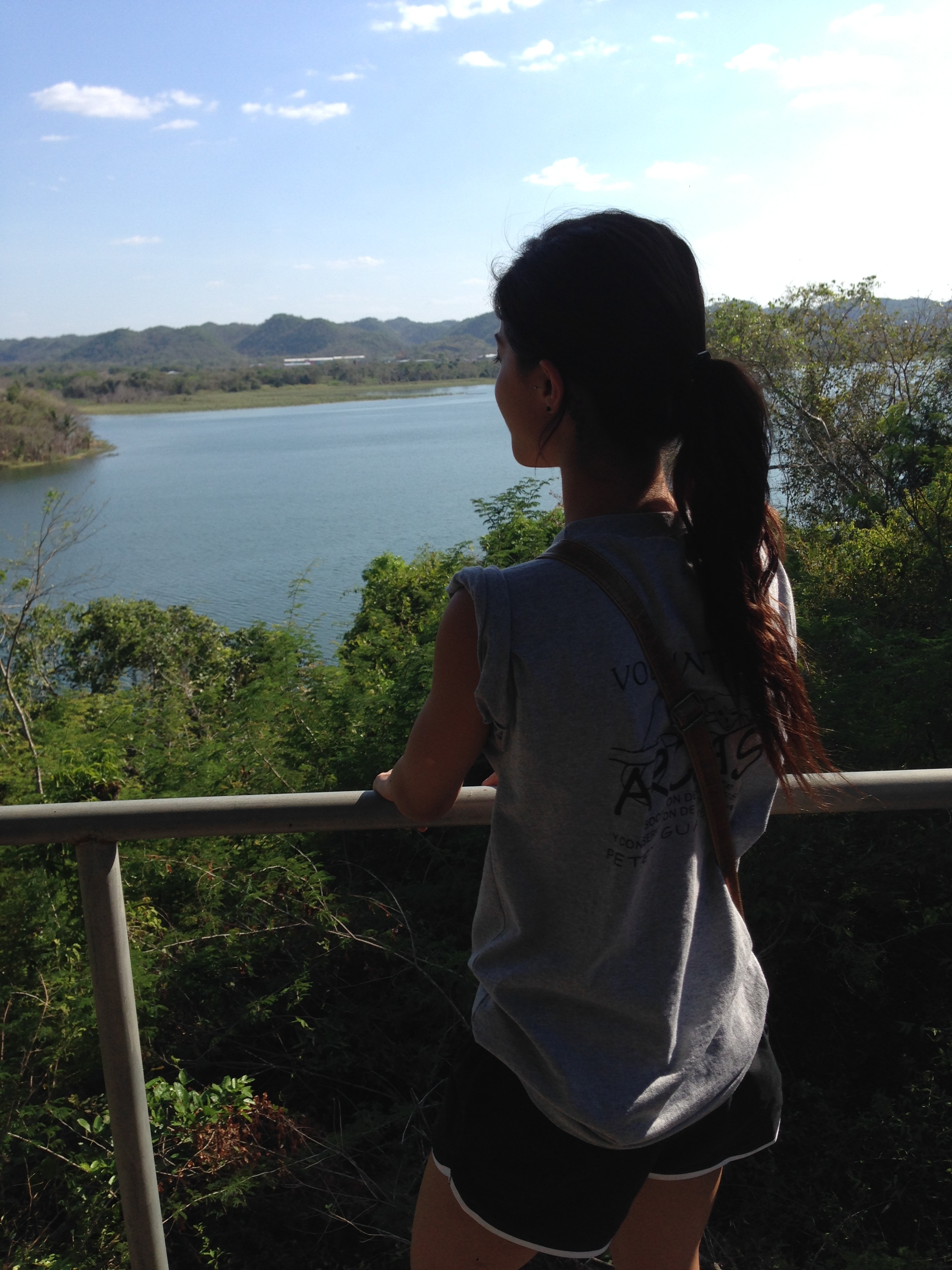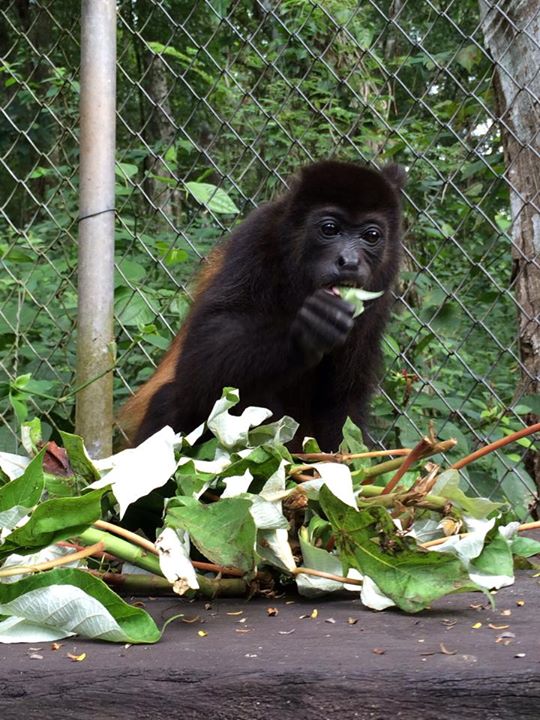This Wildlife Rescue Centre was originally created for a very specific and urgent purpose: to build a rescue center to care for and rehabilitate wild animals that were being confiscated on the black market by the Guatemalan government. Over the years it has grown into one of the largest and most complex rescue centres in the world. Each year it admits over 500 animals representing more than 40 species of wildlife.
The wildlife of Guatemala is under threat from habitat loss, hunting and capture by trafickers who sell the animals in the illegal pet trade. The loss of wildlife has been dramatic. The large noisy flocks of scarlet macaws reported by early explorers have been reduced to just 300 birds in the Laguna del Tigre Park. While fairly plentiful even 15 years ago, Baird’s tapirs and jaguars are becoming more and more difficult to see. The giant anteater and the Harpy eagle have not been sighted in recent years and are presumed extinct in the region.
The mission of the Wildlife Rescue Centre is to improve the chances of survival and conservation of endangered species and their habitat, and to assist with the management of natural resources. They aim to raise awareness among Guatemalans and visiting tourists about the need to conserve natural resources through a program of education and information dissemination.
Volunteers working on a cage maintenance.
Volunteer Activities
Volunteers provide care for all of the animals at the centre. Shifts are from 6am to 3 pm daily, with opportunities to do more if you are interested. If you would like a day off, this can be arranged in advance with the coordinator once you are there.
You will be assigned to an area each day, and volunteer duties include feeding, cleaning and providing enrichment for the animals. Animal diets are prepared every morning, and the animals are given their food and clean water. Much of the cleaning happens throughout the day while animals are monitored. Each day volunteers help with extra tasks around the centre such as cutting the grass with a machete, hand scrubbing the animals laundry and laying the towels out to dry, and cleaning areas of the dorm or other common areas.
Accommodation
You will be staying at the rescue centre in their volunteer house, which is a spacious two story wooden building located on the grounds in a beautiful tropical forest. The volunteer house includes bunk beds, mosquito netting, and regular “western” bathrooms with (sometimes cold) showers and flush toilets. The kitchen and dining area is a large, comfortable rancho where volunteers eat and socialize. All meals are included.
Safety
Do you have questions about safety? We have answers right here! Or read our guide to Safety in Guatemala.
Includes
Airport pick up and drop off (at the closest airport), accommodation, meals, on-site training, donation to Placement Partner, AEI Travel Manual, emergency support while at placement, carbon credits to offset 3 tonnes of greenhouse gas emissions, premium Individual Travel Insurance (up to $500, 000 USD in emergency medical coverage), travel discounts (through automatic membership to a volunteer only travel discount program), 24/7 travel and emergency assistance, enrolment with the Global Travel Academy to earn a certificate in International Volunteering. This 3-hour online course is curated by travel professionals and is designed to help you get the most out of your adventure, guided trip to Tikal National Park (all accommodation and some meals (1 breakfast and 1 lunch) are provided, clients are required to pay the $25 park fee and for all other meals during their excursion).
Excludes
Flights, entry visa costs, international and domestic airport taxes, immunizations and medications. Note: The rabies vaccine is recommended but not required for this Experience however, if volunteers are interested in becoming rabies vaccinated, the average cost is $600- $1000 in North America.
casa de volunteers
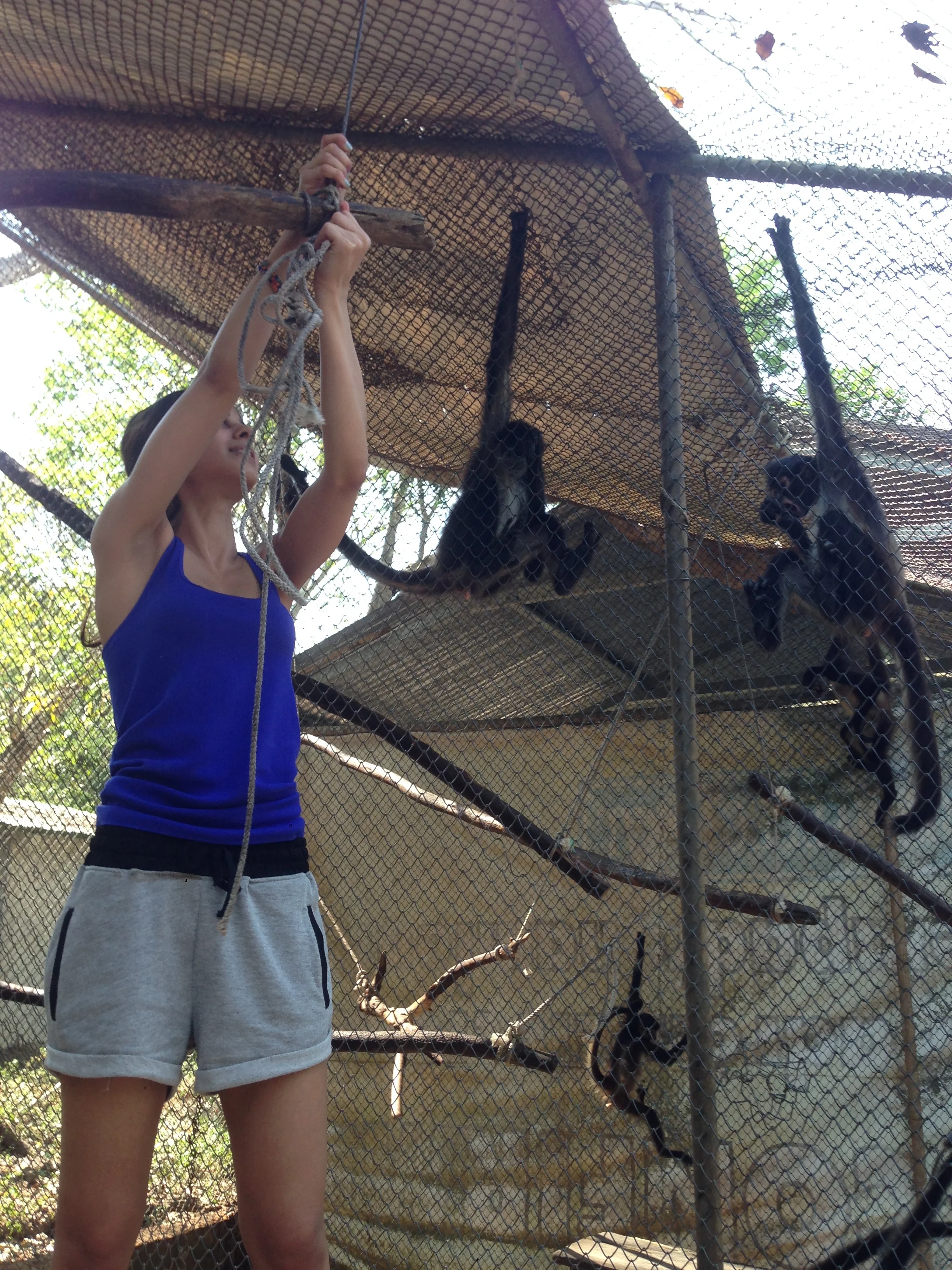

What is Serious
The rescue centre is situated on 45 hectares of land on a lake in northern Guatemala and includes a quarantine area, a veterinary hospital, and rehabilitation facilities with a large flight cages and enclosures scattered throughout the jungle. Volunteers at the rescue centre help feed and care for the animals at the centre which include parrots, macaws, spider and howler monkeys, margays, ocelots, coatimundis, tayras and kinkajous. Nearly all of these animals have been seized from smugglers and are often very young, needing constant care and attention. While you are at the cente, you will learn the natural history of the Guatemalan wildlilfe, their nutritional needs and how to care for them throughout their rehabilitation.
Internships: This organization accepts volunteers who want to conduct internships or practicums as part of their university studies. Past interns have taken on specific projects such as the development of ecotourism activities, public relations strategies, inventories of flora and fauna and sea turtle research. If this sounds interesting to you please contact us for more information.
Available Courses: This organization offers a short course in Wildlife Rehabilitation Medicine for students and veterinary professionals several times during the year.
What is Fun
There are always a lot of international volunteer at this placement - friends that you will meet and memories you will make to take home with you. Volunteers socialize in the volunteer house and in the Rancho (dining hall) where impromptu Spanish classes are often held. After a day of volunteering, you can relax on the beautiful floating dock at the lake and enjoy late afternoon swims. Although there is no internet available at the centre, there is a water taxi (free a few times a week) that will take you into the nearby town for time in the internet cafes, shopping, eating out or just exploring the village. During your stay you will enjoy an overnight excursion to Tikal National Park where you will visit Mayan ruins, stay in a jungle hotel and experience wildlife in their natural habitat - a great way to remind yourself why you are helping the wildlife of Guatemala!
Extras
You do not need to speak Spanish to volunteer at the Rescue Centre, but understanding a little Spanish will enhance your effectiveness as well as your satisfaction with your experience. If you don’t already speak Spanish and you plan to volunteer for an extended period, we recommend that you consider spending your first weeks studying in Antigua, a world-renowned Spanish language center and a stunningly beautiful colonial city surrounded by volcanoes. Contact us to for more information and a recommendation for schools that are not only reasonably priced, but also support local social and environmental causes.
Dates and Details
This is an ongoing program with operations every day of the year. There are no specific start or end dates. We work with you and your schedule so you can serve this community and help animals when you are available. Placements start on weekdays and volunteers are asked to arrive on the day they start their experience.
Fundraising
Are you thinking of fundraising for a portion, or all your fees? Many of our clients have been very successful with their fundraising efforts. To learn more about their successful fundraising projects and see how you can fund raise for your experience, please visit our fundraising page!
“Guatemala was the perfect first AEI experience, not too little and not too much work! Enough time to relax but still work hard! ”
